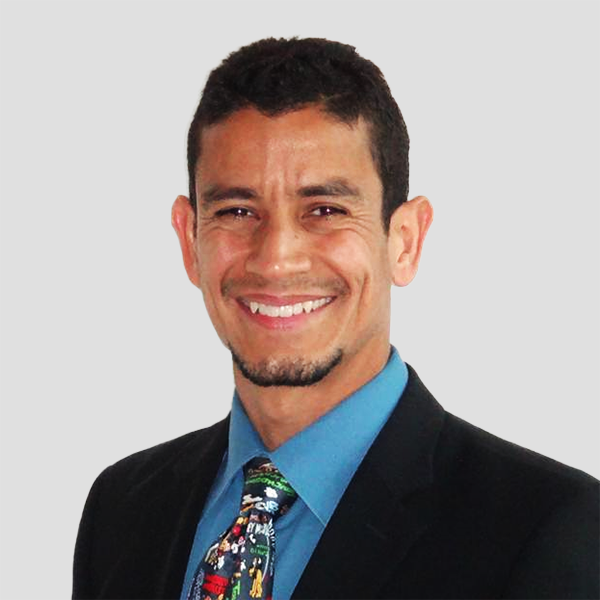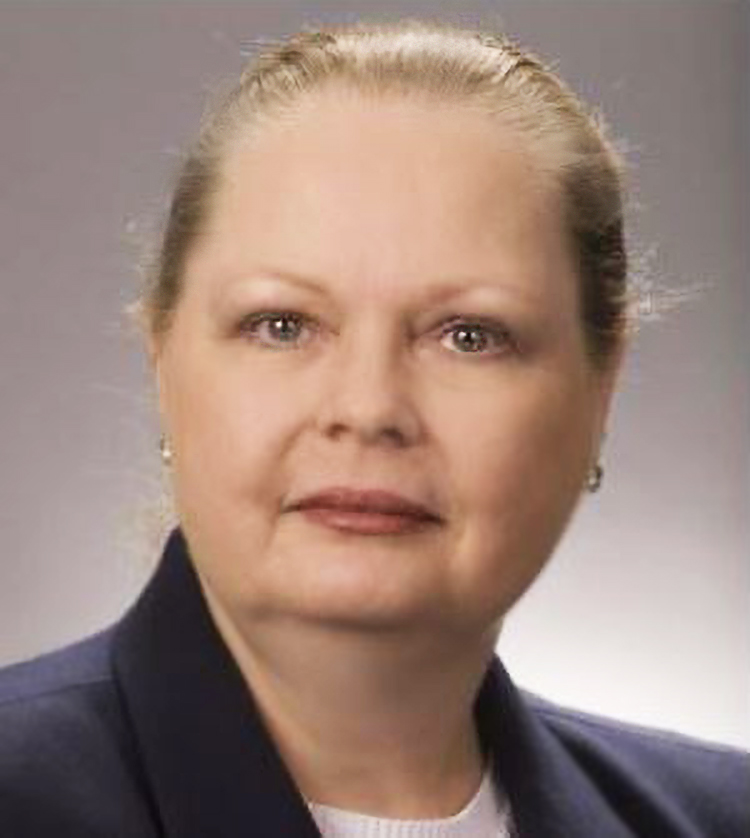Abstract
The study presents a deep learning workflow to improve fault interpretation in geologically complex settings. Traditional methods such as coherence and variance attributes often fail in noisy or highly deformed areas, particularly in southern Mexico, where Miocene compression, Pliocene–Pleistocene extension, and salt tectonics create overlapping fault systems. A convolutional neural network (CNN), trained on about 4,000 synthetic seismic volumes, was applied directly to amplitude data to produce fault probability and classification volumes. These were refined using image-processing techniques to compute fault dip magnitude and azimuth, which were then analyzed with a self-organizing map (SOM) to group related fault families. The CNN-based workflow generated clearer, more continuous fault images than conventional attribute methods, reducing artifacts and interpretation time. Results showed steeply dipping faults (50°–90°) with dominant orientations between N60E and N90E, and successfully distinguished compressional from extensional regimes influenced by salt tectonics. Overall, the integrated CNN and SOM approach enhanced structural accuracy, reduced interpreter bias, and offered a scalable, efficient method for complex fault analysis.
Introduction
Methodology
The team developed a five-step CNN-based workflow to automate and enhance fault detection:
-
-
Pre-conditioning using Structure-Oriented Filtering (SOF3D) to preserve edges and reduce noise.
-
CNN Fault Probability and Classification computed from seismic amplitude (no variance volume needed).
-
Fault Enhancement and Skeletonization via directional Laplacian of Gaussian filters to sharpen fault planes and compute Fault Dip Magnitude and Dip Azimuth.
-
SOM Classification combining Fault Dip and Azimuth volumes to isolate fault families.
-
3D Interpretation guided by CNN-derived attributes for final structural mapping.
-
-
The CNN was trained on ~4,000 synthetic 3D seismic volumes, capturing variable noise, reflector geometries, dips, and throws.
-
Processing took only a few minutes, producing fault probability, classification, dip magnitude, and azimuth volumes that could be directly visualized in 3D.
Problem Statement
- Traditional seismic fault detection methods (e.g., coherence, variance, semblance, ant tracking) often struggle in noisy, complex structural environments.
- These techniques require extensive calibration and are prone to interpreter bias, particularly where multiple fault types (reverse, normal, strike-slip) coexist or overlap.
- The Southern Mexico dataset presents additional challenges due to Miocene compression, Pliocene-Pleistocene extension, and salt tectonics, which create mixed fault systems and chaotic seismic responses (Pineda, 2025).
Course of Action
- Pre-condition seismic data using Structure-Oriented Filtering to reduce noise and preserve reflector continuity.
- Apply a pre-trained CNN to generate fault probability, classification, dip magnitude, and azimuth volumes.
- Refine and classify results using image processing and a Self-Organizing Map (SOM) to group fault families.
- Integrate and interpret in 3D, validating structural trends and improving geological understanding.




















